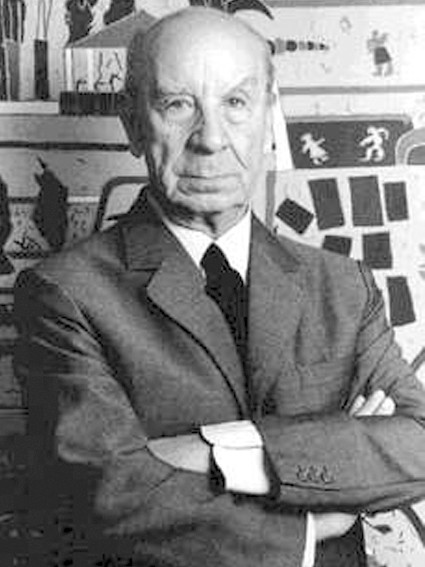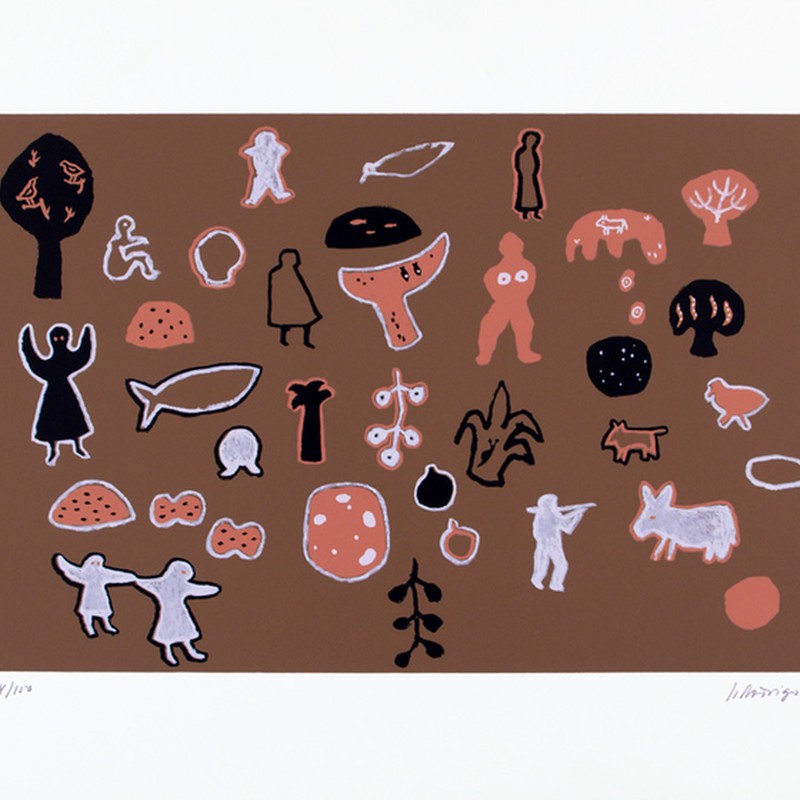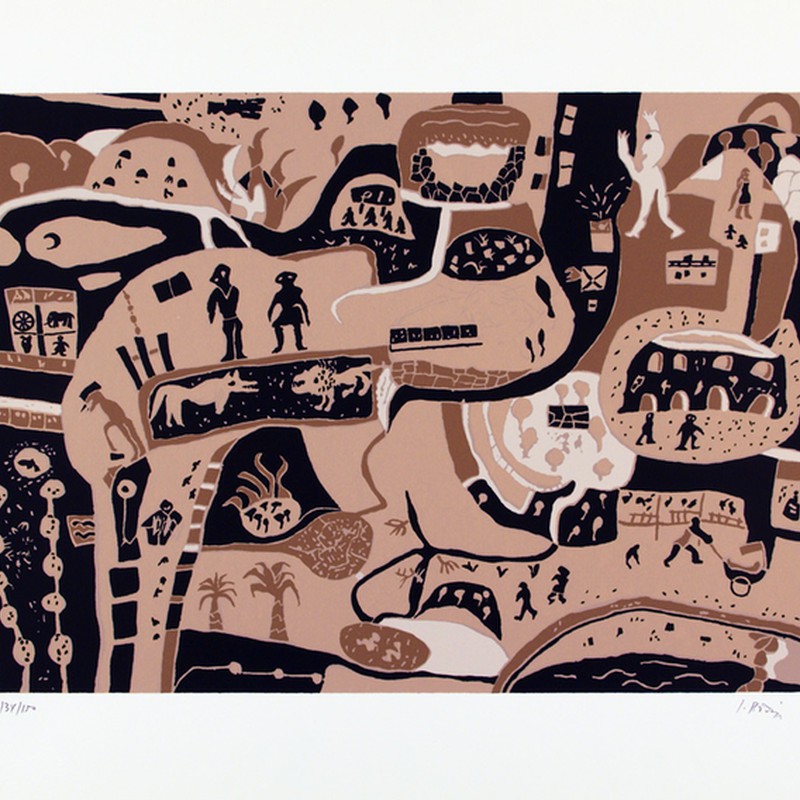
Joaquim Rodrigo
Joaquim José Cardoso Rodrigo was born in 1912, in Lisbon, the city where he spent most of his childhood.
Self-taught, he would become one of the most original artists of the second half of the century. XX in Portugal. Master and theorist of concrete art, he was one of the main creators of a «new figuration», together with Paula Rego, marked by the non-naturalism of representation. From 1954 and until At the end of the decade you will develop and define a painting with a rigorous geometric awareness, greatly influenced by Mondrian. Its figurative aesthetics focus on the production of a critical discourse on the political and social context of Portugal. 60s, especially the colonial war
According to Alexandre Pomar “already; At the beginning of the 60s, its creation would come to be identified with the emergence of a «new figuration», where representation, schematic or fragmented, should be inscribed in an indeterminate or imprecise space (so-called non-naturalist)”. In turn, Joséé Augusto França highlighted the “pop” of his paintings, considering them innovative even on a European level and drawing attention to an assumed naivety together with the expression of a primitivism capable of broadening the meaning of his “pop&rdquo inspiration ;.
His work is represented in important exhibitions all over the world (Tokyo, 1965; Sweden, 1976; Brussels, 1986; Philadelphia, 1987; São Paulo, 1989 ).
He passed away in Lisbon, in 1997.

